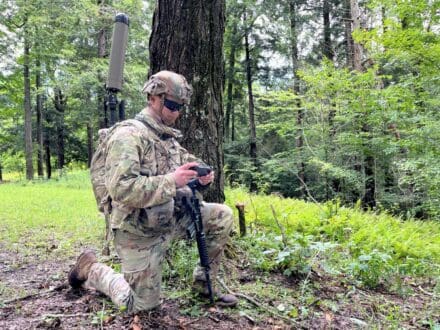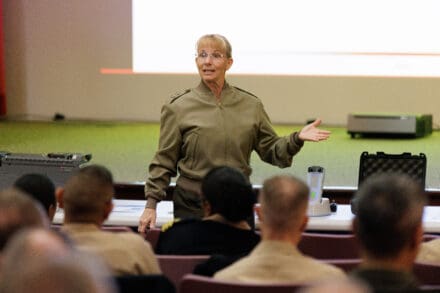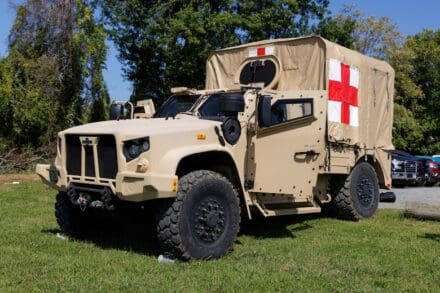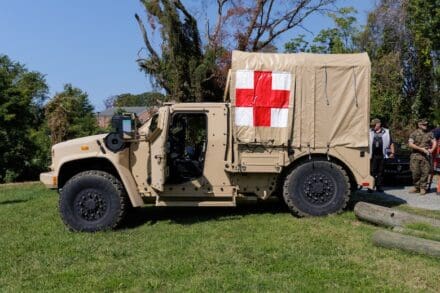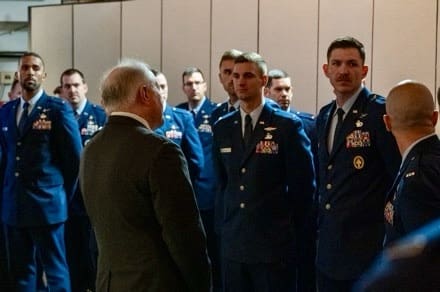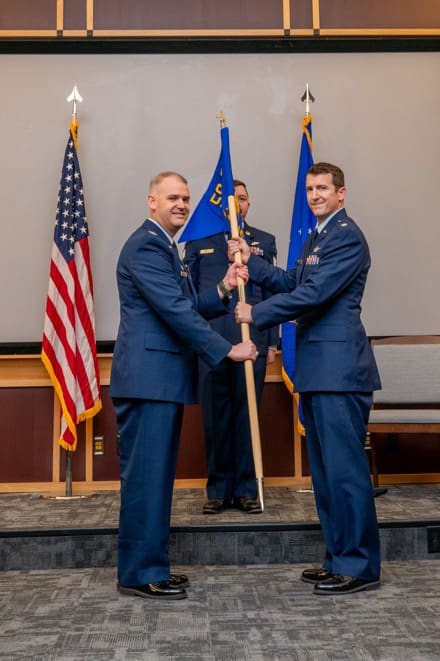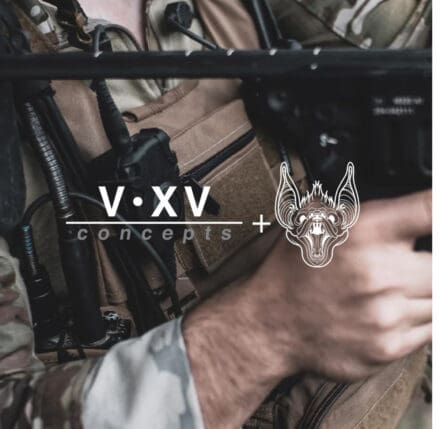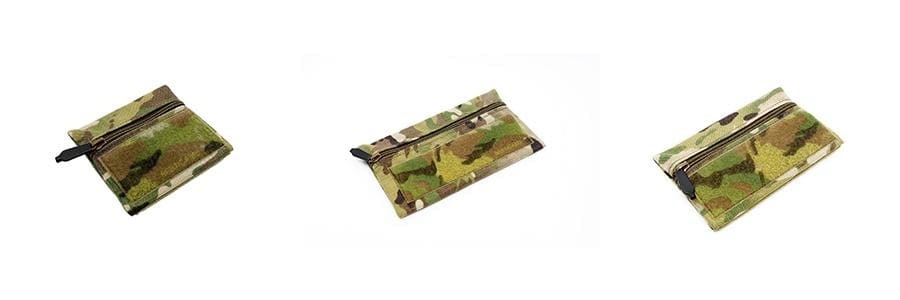In the field, your environment often dictates the performance of your gear, and this is especially true when it comes to gun optics. Many shooting enthusiasts have heard of ‘thermal shift’, which occurs when an optic’s zero changes due to rapid changes in exterior temperature. But this is just one of the many ways that an operating environment can affect your optic’s capabilities.
Whether you’re in dense jungles, scorching deserts, or alpine snowfields, understanding how to adapt and safeguard your optical systems in these varying climates can make the difference between success and failure. This article delves into the nuances of how different biomes impact the performance and selection of optics, and how you can optimize your equipment selection for that environment.
The Impact
Why does this matter?
For military and security professionals, the reliability of an optic is obviously crucial. It’s not just about having a clear sight picture or consistent zero; it’s about ensuring your equipment can withstand and function optimally in extended exposure. Even within a given category (such as red dots, rifle scopes, etc.), there are often significant variances in how two different optics will handle certain weather conditions, temperatures, and altitudes.
Part of this comes from the quality of the optic’s manufacturing, but there are certain design elements that simply favor certain biomes over others. As optics have become an essential component of a gunfighter’s kit, it makes sense that any professional team would want to choose the optics that best suit their area of operation.
Major Biomes
Each biome presents unique challenges to optics. We’ll coverlessons from five of the most common biomes here:
1. Woodland/Jungle
2. Desert/Arid
3. Snow/Mountain/Alpine
4. Coastal/Swamp
5. Urban
Woodland/Jungle
Woodlands and jungles are characterized by dense vegetation, variable lighting conditions, and high humidity. These environments present unique challenges for optical systems.
Glass Quality is Essential: The varied lighting conditions and hard shadows in woodland environments can cause significant visual irregularities and chromatic aberrations. High-quality glass helps minimize these distortions, ensuring clear and accurate target identification despite the complex interplay of light and shadow. For rifle scopes, optics with apochromatic HD or ELD glass are ideal.
Short Range, High Precision: Although engagement distances are typically shorter in forests, the abundant cover and concealment make target acquisition and precision shooting crucial. Optics must offer quick target acquisition in close-quarter engagements yet be capable of engaging small, minimally exposed targets in the brush.
Snag Hazards: The dense vegetation in forests creates numerous snagging hazards. Moving through brush, your gear will get caught and snag occasionally. As such, your opticsshould be compact and streamlined, minimizing protrusions that could catch on branches or underbrush. Accessories like flip-cap scope covers, 1.93” (or greater) optic mounts, and even offset reflex optics should be regarded with some scrutiny.
Hydrophobic Coatings: In high-humidity environments, optics are prone to fogging and water spots. Hydrophobic coatings on lenses help maintain clarity by repelling water and preventing moisture accumulation on the glass surfaces. This is generally not an issue on high-quality optics, but some affordable optics may suffer in long-term exposure.
Desert/Arid
Deserts and arid regions are characterized by extreme temperatures, bright sunlight, and pervasive dust and sand. Over the past two decades, much has been learned about selecting optics for desert environments.
Sunlight Management: Long-term exposure to intense sunlight and harsh lighting angles requires accessories like scope shades and anti-reflective devices (ARDs) to reduce glare and improve visibility.
Reticle Illumination: Reticles need to be highly illuminated to stand out against the bright desert backdrop. Alternatively, using a black reticle can provide contrast without relying on battery-powered illumination.
Increased Magnification: Engagement distances in deserts are generally longer, necessitating optics with higher magnification to accurately identify and engage targets at range.
Color Definition: The desert landscape often have a tight band of natural colors, making camouflage highly effective. Optics with excellent color definition are crucial for distinguishing targets from the background.
Wide Field of View: Given the expansive and open nature of desert terrain, a wide field of view allows for effective scanning of large areas, aiding in target detection and situational awareness.
Thermal Stability: The extreme temperature fluctuations in deserts can affect the internal components of optics. High-quality construction and materials that withstand thermal expansion and contraction are essential to prevent failures or loss of zero.
Scratch Resistance: Windborne sand and dust can scratch and damage lenses. Optics with scratch-resistant coatings can endure the abrasive environment, maintaining clear visibility.
Capped Turrets: Dust and sand can penetrate seals and O-rings, causing damage and affecting functionality. Capped turrets help protect these vulnerable areas, ensuring the longevity and reliability of the optics.
Snow/Mountain/Alpine
Mountainous and alpine environments present challenges such as cold temperatures, high altitudes, and rugged terrain.
Temperature Sensitivity: Cold temperatures can cause grease inside the optics to gum up, hindering their operation. Optics designed for cold environments use specialized lubricants that remain functional in extreme cold. Once again, these greases tend to only be found in high-quality optics from field-proven manufacturers.
Battery Performance: Batteries lose charge quickly in cold weather. Soldiers should carry spare batteries in interior pockets of their clothing to keep them warm and ensure their electronics remain operational. It is not enough to keep them in your backpack or armor carrier pockets, as they will freeze and drain before you can use them.
Ballistic Performance: High altitudes and cold, thin air can significantly affect ballistic performance. Optics need to be precisely zeroed for these conditions to maintain accuracy.Optics with BDC stadia will likely be at least slightly off at their indicated distances, so MIL subtensions are ideal.
Durability: The rugged terrain of alpine environments increases the risk of slips and drops. Optics must be robust and impact-resistant to withstand these harsh conditions. If it isn’t drop-proof, it isn’t worth bringing out into the cold.
Fogging and Condensation: Preventing ice formation and fogging is critical in cold environments. The condensation from your breath—or even your sweat—is usually enough to fog up an optic in extreme temperatures, and face-coverings like balaclavas tend to exacerbate it. Thus, high-quality hydrophobic coatings on lenses are very important to ensure that optics remain clear, even in freezing temperatures.
Coastal/Swamp
Coastal and swamp environments are characterized by high humidity, saltwater exposure, and reflective surfaces.
Water Resistance: While most high-quality optics are waterproof, continuous exposure to water and humidity can test their limits. Optics should have robust seals and be rated fortheir waterproof performance.
Enclosed Emitters Only: These environments often have high precipitation, so reflex sights should feature an enclosed design to prevent rain from reaching and blocking the emitter.
Reflection Management: Water surfaces create numerous reflections, complicating visibility for magnified optics. Once again, high-quality glass and ARDs help manage these reflections, maintaining clear sightlines.
Material Quality: Saltwater is highly corrosive, requiring optics made from materials resistant to rust and corrosion. Seals must be robust to prevent salt spray from penetrating the device.
Frequent Cleaning: Sand and grit can adhere to optics due to water and condensation. Regular cleaning with fresh water prevents salt deposits and maintains optical clarity.
Urban
Urban environments present a complex array of visual contrasts, varying distances, and numerous cover and concealment options. Generally, we’re talking about dense urban centers with tall buildings that can greatly affect the environment at street level.
Visual Contrast: They don’t call it an ‘urban jungle’ for nothing. Like forests, urban settings offer an extremely wide range of lighting conditions and colors with hard shadows and high reflections. High-quality optics with excellent contrast and clarity are essential for target identification, particularly in windows or at elevated positions.
Varied Engagement Distances: Urban operations involve extreme variations in engagement distances, from long sightlines to close-quarters combat. Optics need to be versatile, offering both magnification and rapid target acquisition capabilities.Magnified optics should be paired with a close-range backup. Likewise, reflex sights are often best paired with a flip-up magnifier.
Wind Patterns: Tall buildings create unpredictable wind patterns, including updrafts, downdrafts, and full-value directional winds. When relying on MIL or pre-calculated wind holds, be aware that your reads might be very far from reality.
Low-Light Performance: Urban areas have significant artificial lighting, creating glare and reflections. At night, the stark lighting differences necessitate optics that can handle bright lights and shadows.
Thermals and Night Vision: Bright sources of light and varied heat sources complicate the use of thermal imaging and night vision. Advanced optics that can filter and adjust to these conditions are crucial for maintaining operational effectiveness.Hybrid systems also help to counteract issues like targets behind glass panes.
Conclusion
These are just a few of the biggest considerations for common biomes here in the United States, but many of the learnings can be applied to global environments.
Ultimately, understanding the specific challenges posed by different biomes is essential for selecting and maintaining the right optics for any mission. By considering factors such as lighting conditions, temperature extremes, and environmental hazards, soldiers can ensure that their optical systems perform optimally in any setting.
This guest post was provided by Primary Arms.






